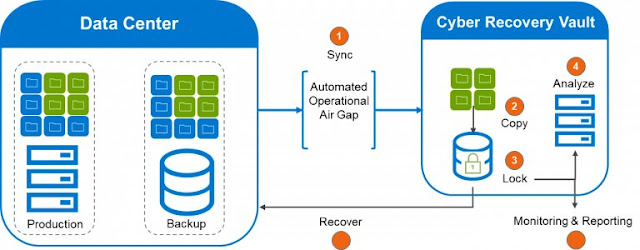For example, say you’ve developed new software that will automate drone delivery services. Knowing that this will revolutionize the industry, you want to market and sell the solution globally as quickly as possible. While you know it would make sense to package your IP with hardware in order to deliver an integrated turnkey solution, the problem is you’re not in the hardware business. And there are other challenges. How can you scale to meet demand? How can you ensure your product is tested and certified to work in different markets? How do you manage support globally? What about supply chain and logistics? How do you manage the entire end-to-end process?
The burning question
That’s when most people realize that turning a great idea into a market-ready solution is easier said than done. The reality is that these projects are complex and need expert, multi-disciplinary teams that are hard to hire, expensive to retain and take time to manage. You’re not alone. Did you know that according to Accenture, only 30 percent of executives are very satisfied with their ability to convert ideas into market-ready products or services?
Now, here’s the burning question – do you want to hire ten operations people, or would you rather invest in developers for your own unique IP? I think I know the answer! To solve these pain points and accelerate your route to market and revenue, we provide a range of dedicated program management services.
We’ve got your back
An expert project team is dedicated to bringing your vision to life, ironing out any issues you encounter and simplifying the complex. An experienced Project Manager – your key liaison – meets with you to get under the hood of your business, understand your goals, the full breadth of requirements, and where you need help. This is your champion and your go-to person, responsible for bringing your innovative design to market as quickly and cost effectively as possible. At the outset, the Project Manager assembles the right team for your project and sets up an initial meeting to scope the parameters of the work. Once the project is defined and approved, he/she is responsible for driving progress, reviewing timelines, ensuring milestones are met, removing any obstacles to success, avoiding scope creep, and evaluating costs, effectively representing your interests on the go-to-market team.
Your Project Manager has extensive knowledge of and access to wide-ranging Dell Technologies’ resources, including hundreds of facilities, global laboratories, thousands of human resources with expertise in marketing, sales, engineering, customization, design, export and compliance, validation, inventory holdings, shipping logistics, award-winning support, and importantly, a support global supply chain with a multi-billion dollar procurement engine, which includes insulation from memory or SDD shortages as well as economies of scale.
Your reputation is everything
We’re with you every step of the way from design to product development right until the moment your solution is delivered into your hands. Once your solution is shipping in volume, the Project Manager stays in touch, in case your requirements change at any stage. When you transition to a new product or next generation solution, we’re by your side to ensure that what is being built is tried, tested and true, and your quality standards are fully maintained. After all, we know that the quality of the solution reflects on your company’s reputation and bottom line. Let’s look at some real-life customer examples.
Faster delivery times
According to Vectra, our program management services reduced solution delivery time from six weeks to one. In the words of Greg Roche, Vectra Director of Operations, “We receive our components faster, so we can start building appliances and get them to customers sooner. We can standardize three different versions on one system without needing to keep all that inventory ourselves. That gives us flexibility and helps us keep costs down.”
Accelerating deployment
GE Healthcare was migrating a system for medical images to a modular infrastructure, thereby increasing order fulfillment speed by 50 percent. According to Katsuji Nakanishi, Commercial Solution Lead, Radiology and Healthcare IT Departments, GE Healthcare Japan, “We had a close working relationship with a single team for the duration of this whole project. I believe this was key to making the project a success…Quotes were delivered on time and the team gave us detailed information on shipping and delivery schedules that other vendors just could not give us.”
Design is part of the overall experience
The moral of the story is that design is not just about the technology solution; instead, it’s part of the entire end-to-end experience. Our customer mindset is, how can we help you solve problems? How can we design a process to help you scale and grow your revenue?
Source: dellemc.com



























